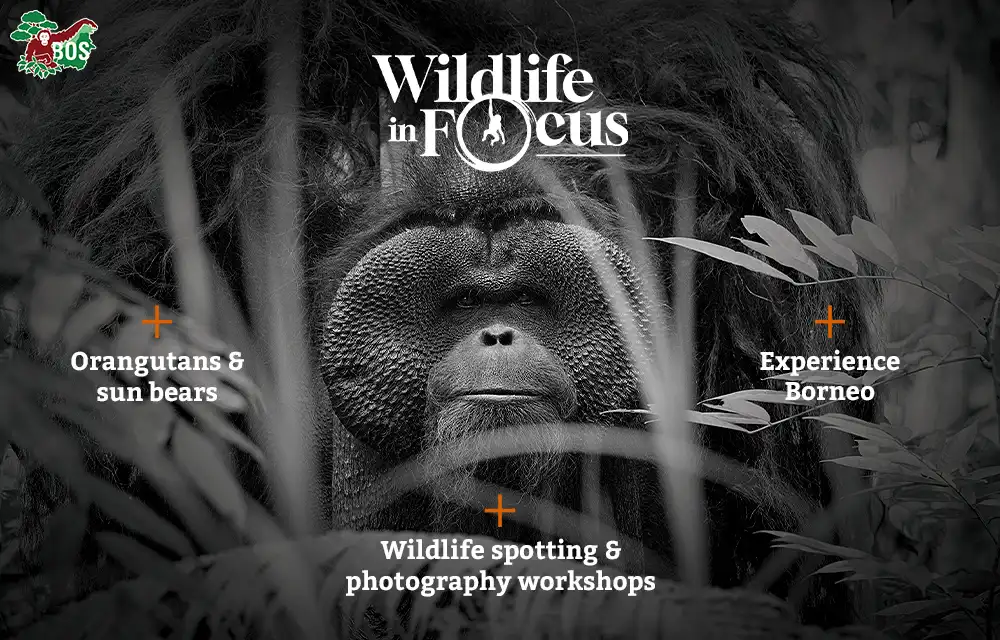Dipterocarp forests are one of the richest types of tropical forests in terms of biodiversity. These forests are characterized by their towering trees with dense, multi-layered canopies. The thick vegetation found in Dipterocarp forests makes them a vital habitat for a wide variety of wildlife species.
Vegetation Density and Biodiversity in Dipterocarp Forests
The forests derive their name from the genus of trees that dominate them, primarily from the family Dipterocarpaceae. Trees like Shorea, Dipterocarpus, Anisoptera, and Hopea can grow up to 70 meters in height. These trees have straight trunks and large diameters, and they are known for their hard and valuable timber (Apannah, 1998).
In addition to Dipterocarp trees, these forests are home to dense undergrowth, including ferns, orchids, and other flowering plants, which add to the diversity of flora on the forest floor. The dense vegetation creates an ideal habitat for numerous fauna species. The thick canopy helps to maintain moisture and regulate temperatures within the forest, which is essential for the life cycles of both flora and fauna.
Dipterocarp forests also serve as a habitat for many endemic species in Southeast Asia, such as orangutans, Sumatran tigers, and Sumatran elephants. Furthermore, various endemic bird species, such as hornbills and eagles, are found in these habitats. Reptiles, amphibians, and insects also thrive in Dipterocarp forests, making them a true hotspot of biodiversity.
Distribution and Conservation of Dipterocarp Forests
In Indonesia, Dipterocarp forests can be found in Sumatra, Kalimantan, and parts of Sulawesi, with the largest coverage located in Kalimantan. The exceptional biodiversity found in these forests makes them critical ecosystems for scientific research and conservation efforts. Scientific studies have shown that Dipterocarp forests play an important role in carbon absorption, soil conservation, and the hydrological cycle.
Dipterocarp forests account for more than 50% of the total tree species in some regions of Southeast Asia and support various ecosystems that depend on them. Another study by Whitmore (1984) affirms that Dipterocarp forests are among the most biologically productive ecosystems, contributing significantly to both local and global climate stability.
Unfortunately, these forests continue to face threats from illegal logging and land conversion for monoculture plantations. Efforts to protect these forests must be supported by strict conservation policies and monitoring of illegal logging activities, which still occur frequently.

The Fortress of Biodiversity Life
Dipterocarp forests are a treasure trove of tropical ecosystems, providing ecological, economic, and scientific benefits. With high biodiversity in both flora and fauna, these forests are not only vital to local life but also to global ecological balance. The importance of protecting these forests cannot be overlooked, given their vital role in preserving biodiversity and mitigating climate change. Conservation efforts and support from various stakeholders must be strengthened to ensure the survival of Dipterocarp forests.
References:
- Apannah, S. (1998). A Review of Dipterocarps: Taxonomy, Ecology, and Silviculture. CIFOR. Bogor-Indonesia.
- Brearley, F. Q., Banin, L. F., & Saner, P. (2016). The ecology of the Asian dipterocarps. Plant Ecology & Diversity, 9(5-6), 429-436.
- Fajri, M. (2008). Pengenalan Umum Dipterocarpaceae, Kelompok Jenis Bernilai Ekonomi Tinggi. Info Teknis Dipterokarpa Vol.2 No.1, Juli 2008: 9 – 21.
- Meijaard, E., Sheil, D., Nasi, R., Augeri, D., Rosenbaum, B., Iskandar, D., … & O’Brien, T. (2006). Hutan pasca pemanenan: Melindungi Satwa Liar dalam Kegiatan Hutan Produksi di Kalimantan. CIFOR.
- Soepadmo, E., & Wong, K. M. (Eds.). (1995). Tree flora of Sabah and Sarawak: volume one.
- Whitmore, T. C. (1984). Tropical Rain Forests of the Far East. 2nd Edition. Clarendon Press, Oxford.
Text by: Communication Team, BOS Foundation Headquarters, Bogor, West Java
Will you help us rescue, rehabilitate and release orangutans back to freedom? Thank you!





